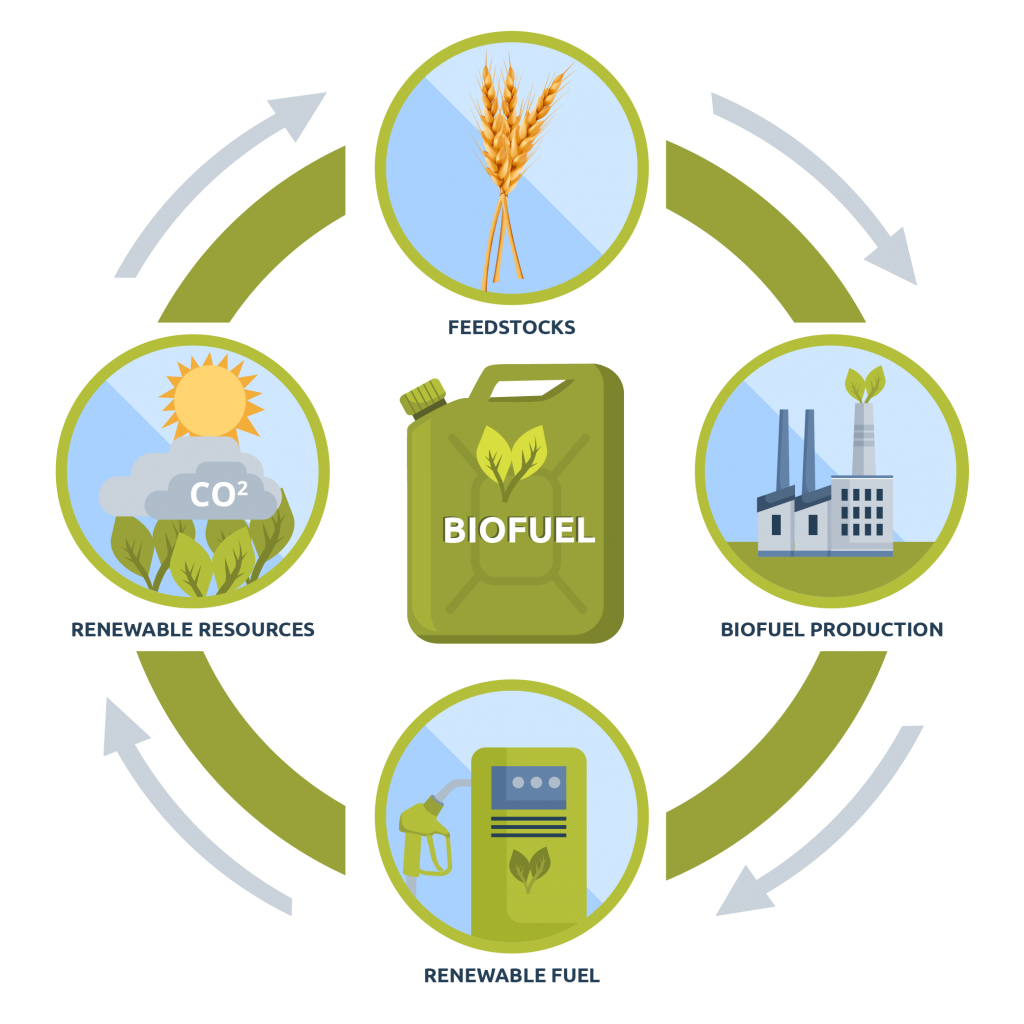

India is advancing towards its E20 ethanol blending target by 2025, aiming to blend 20% ethanol with petrol to promote cleaner fuel alternatives. This initiative supports energy security, reduces import dependence, and contributes to a more sustainable future.
This is where Borosil Scientific makes a meaningful difference. More than a labware supplier, Borosil Scientific is a process enabler, offering lab equipment for ethanol quality testing that meets the evolving demands of E20 production. From automated analysis tools to audit-friendly QC systems, we deliver precision that scales.
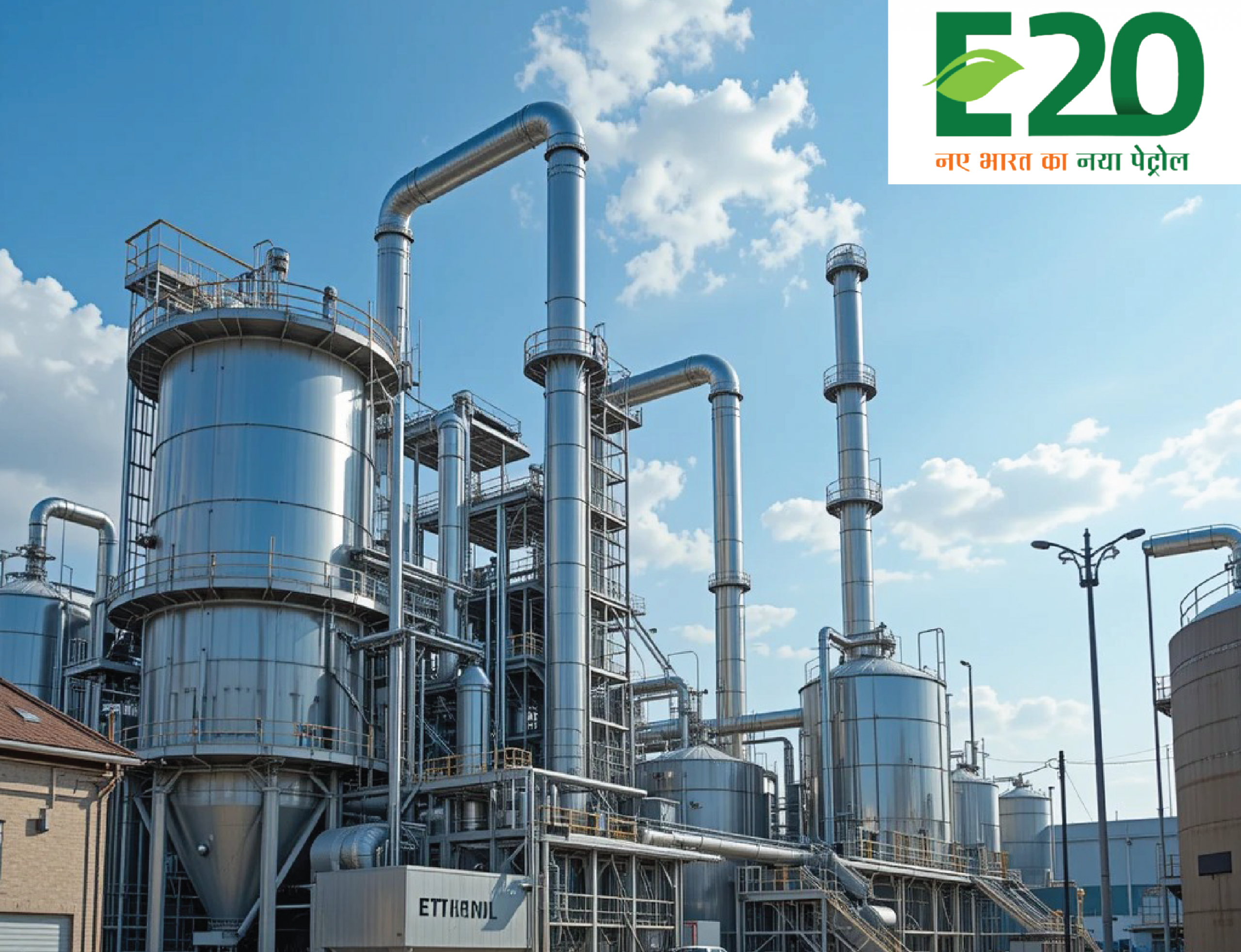
Producing E20 (a blend of 20% ethanol with 80% petrol) isn’t just about fermentation and blending. It involves:
Failure in any of these can lead to batch rejection, regulatory non-compliance, or compromised fuel performance. Borosil Scientific addresses these risks with high-performance lab instruments designed to work under real-world plant conditions.
Challenge: Inconsistent grain quality leads to unpredictable yields and fermentation inefficiencies.Our Solution:
Borosil Scientific’s automated analysis tools provide early-stage visibility:
Moisture Analysers ensure optimal dry weight content for accurate fermentation planning
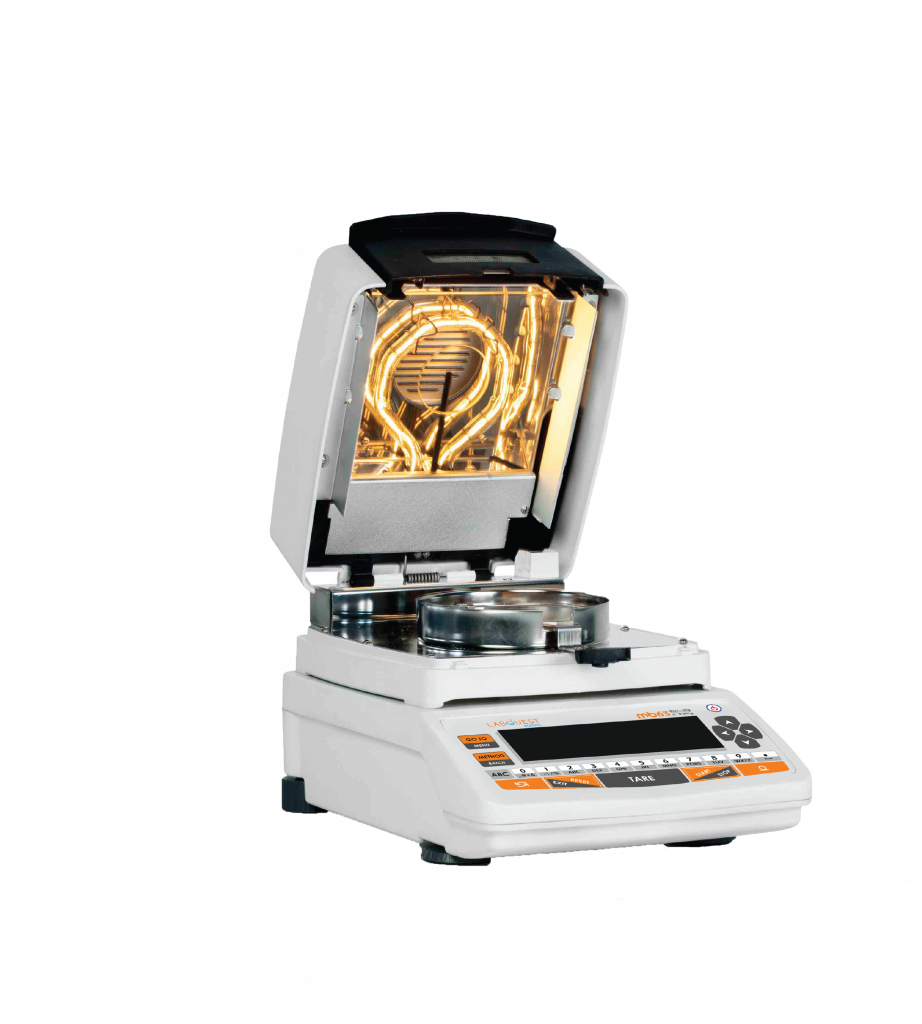
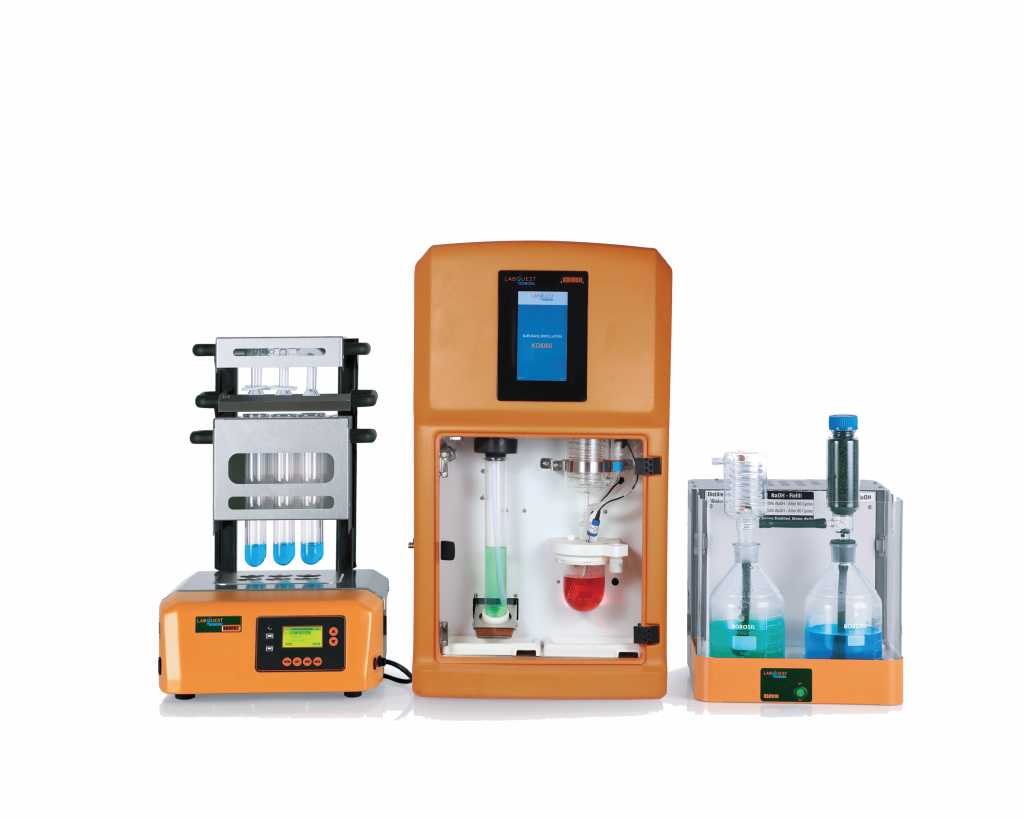
Kjeldahl Units determine protein/nitrogen levels, allowing ethanol producers to assess fermentable potential quickly
Digital Burettes enable accurate titration of acidity, sulfur, and phosphorus with minimal human error
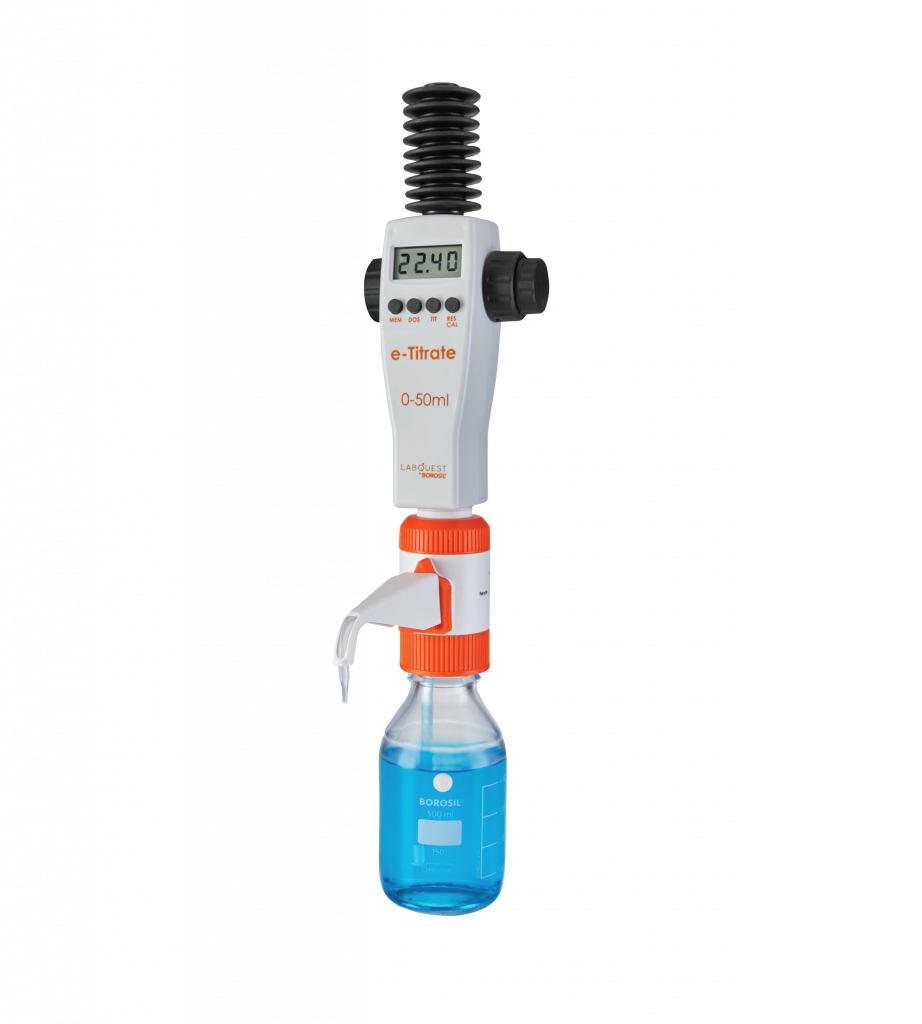
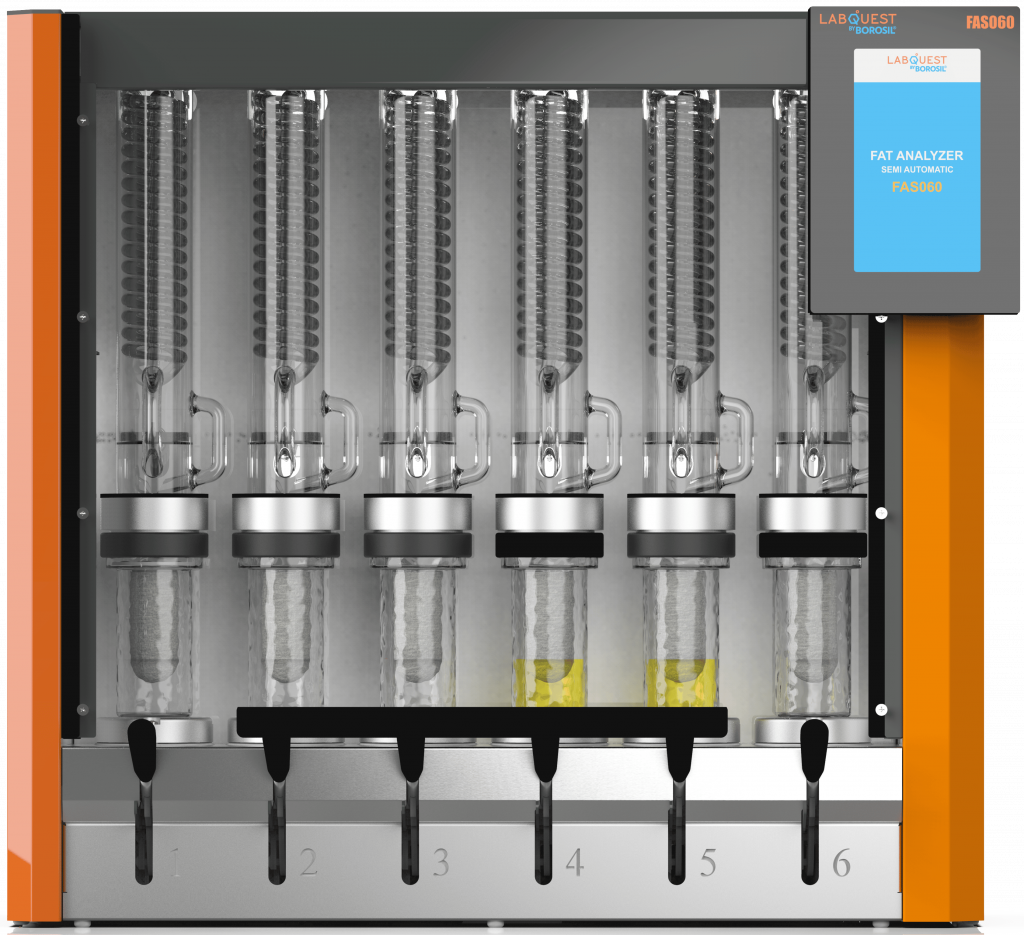
Automated fat analysers accurately measure oil content in corn, DDGS, and other grains. Helps optimize pre-processing and fermentation plans to minimize fouling and maximize sugar conversion.
Fiber extraction systems quantify ADF, NDF, and crude fiber. Enables precise enzyme and pre-treatment dosing to improve starch accessibility and conversion efficiency.
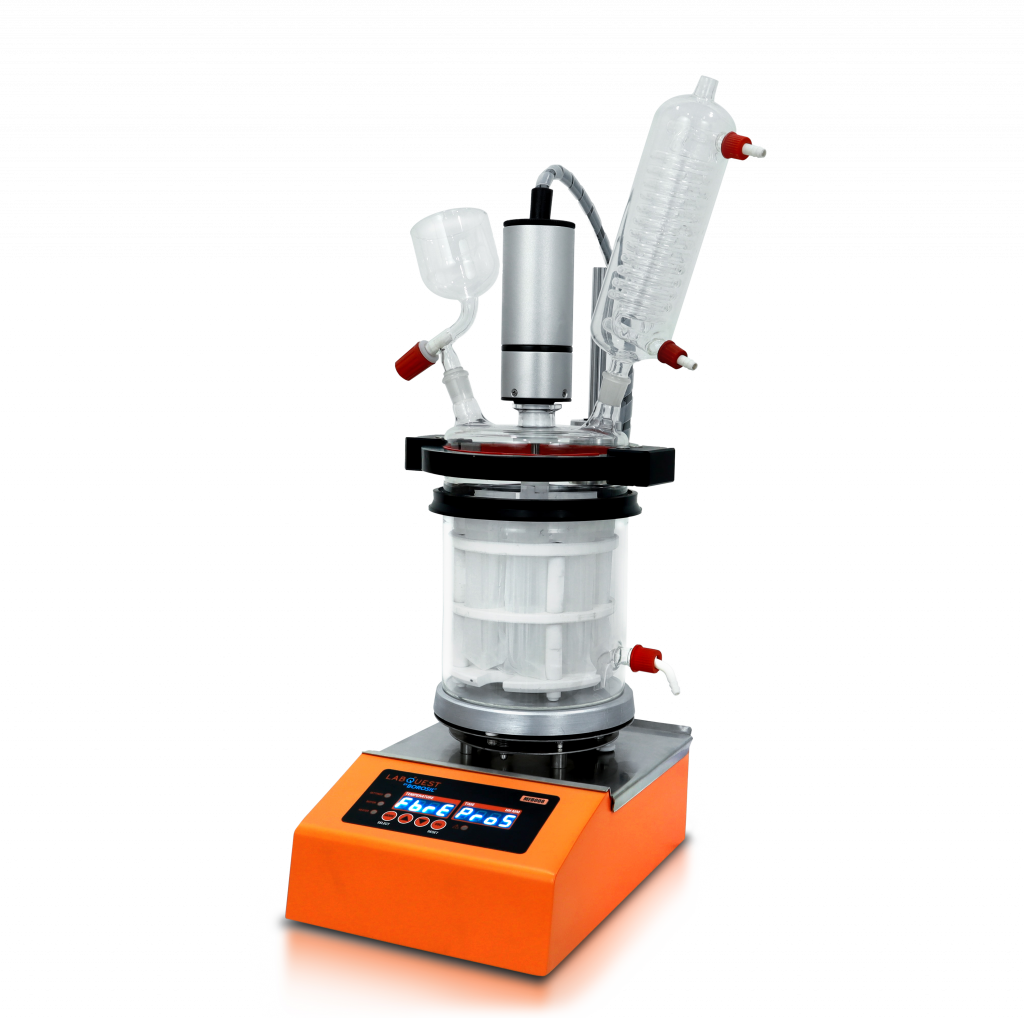
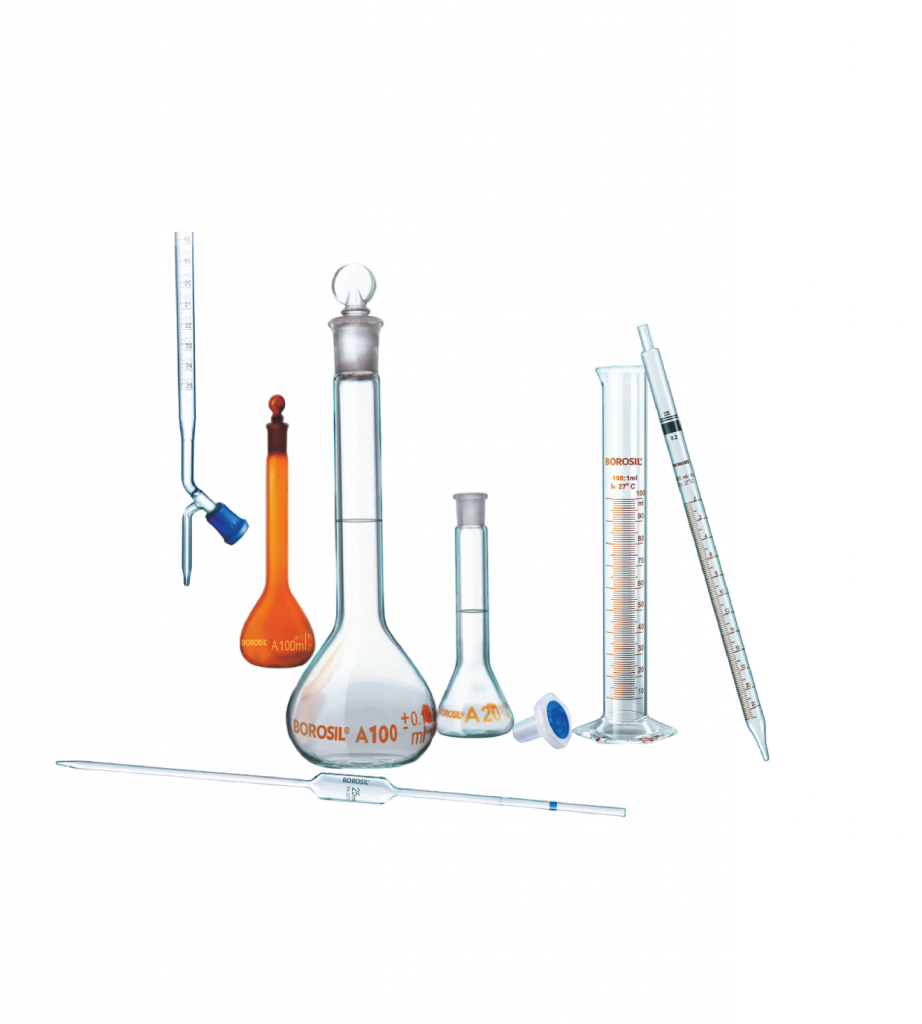
QR-Coded Volumetric Glassware ensures traceable and repeatable solution preparation
With Borosil Scientific, your plant gets lab equipment for ethanol quality testing that eliminates guesswork and improves process control from day one.
Challenge: Enzyme activity, microbial growth, and pH fluctuations can derail fermentation.
Our Solution:
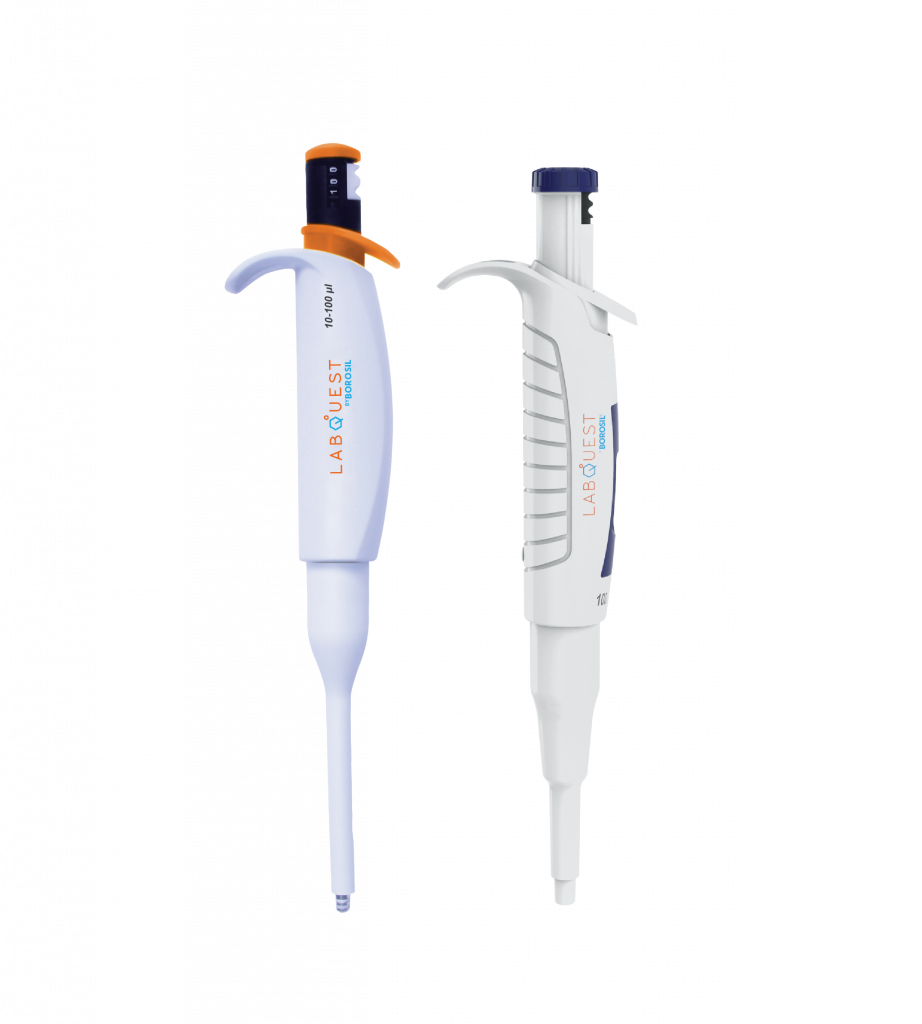
Micropipettes (0.1 μl–10 ml) support exact reagent dosing with CV <0.6%
pH meters & Buffer solutions help maintain ideal fermentation pH throughout the batch
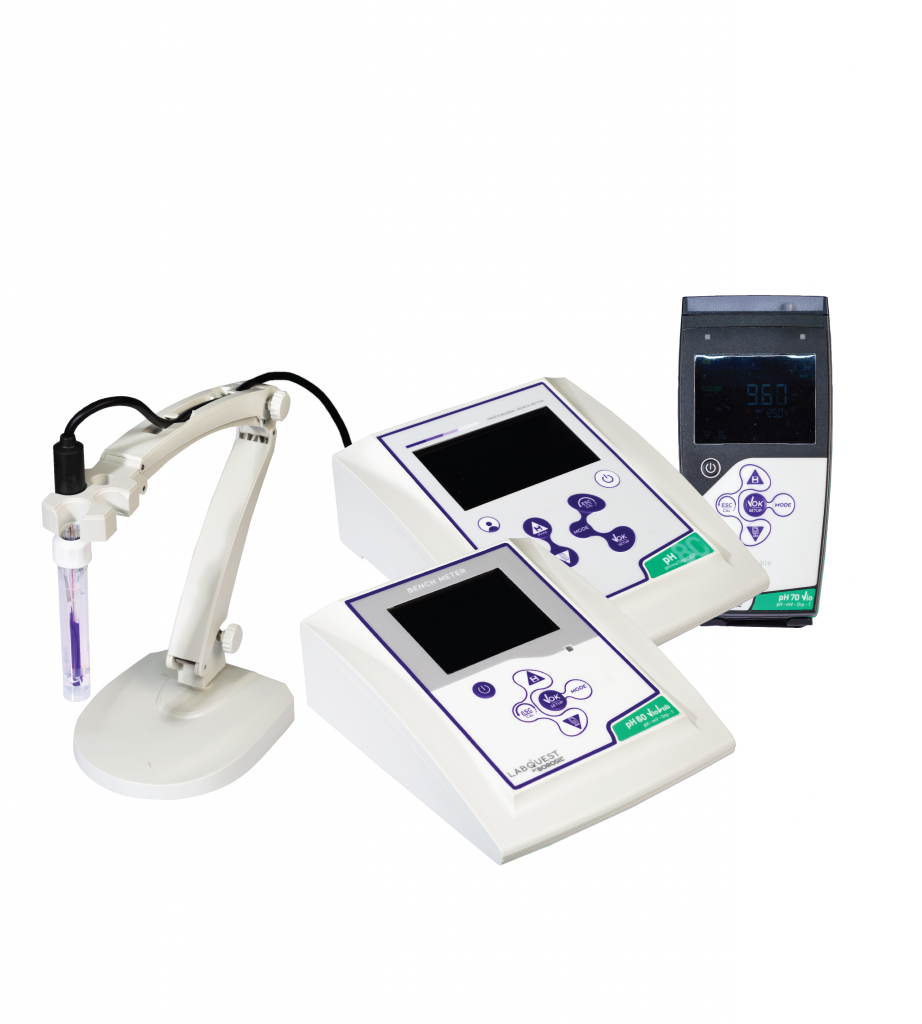
These tools are about enabling consistent, high-yield sugar-to-ethanol conversion, batch after batch.
Challenge: Regulatory benchmarks require ethanol to meet stringent purity levels before it can be blended with petrol.
Our Solution:
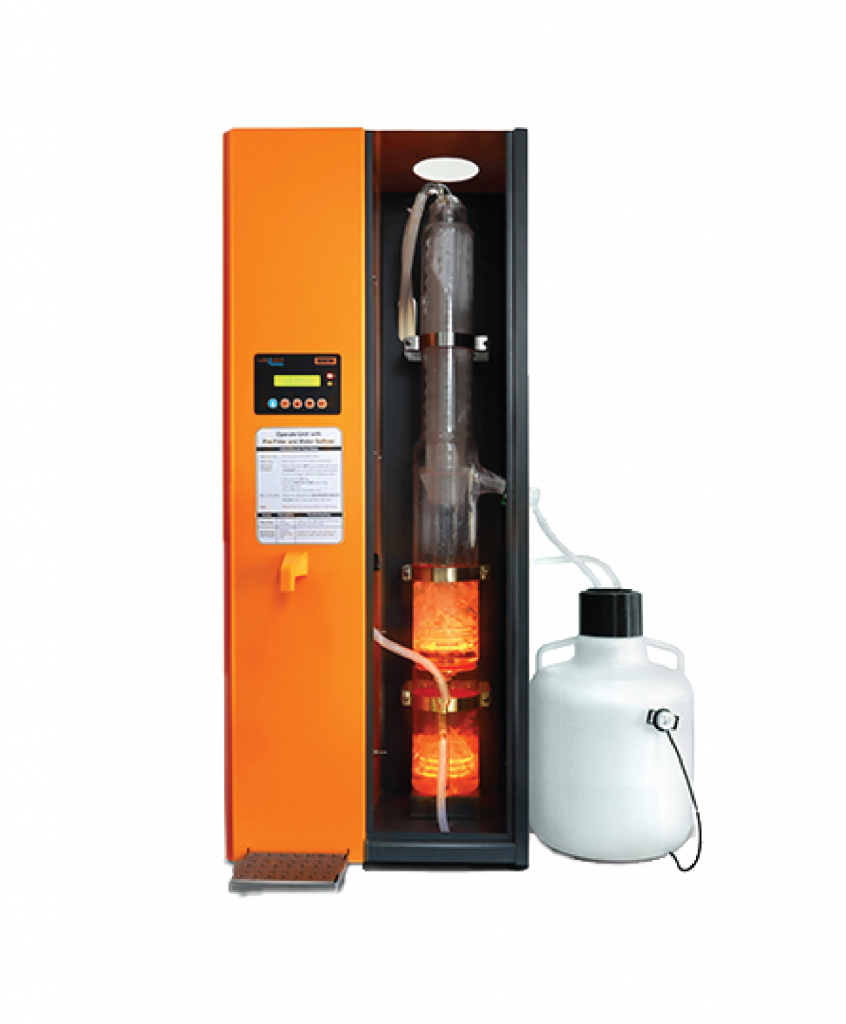
Quarts Cabinet Distillation unit offers automatic, on-demand operation and ensures safe water purification through effective distillation
Water Baths maintain precise thermal conditions for maximum ethanol recovery
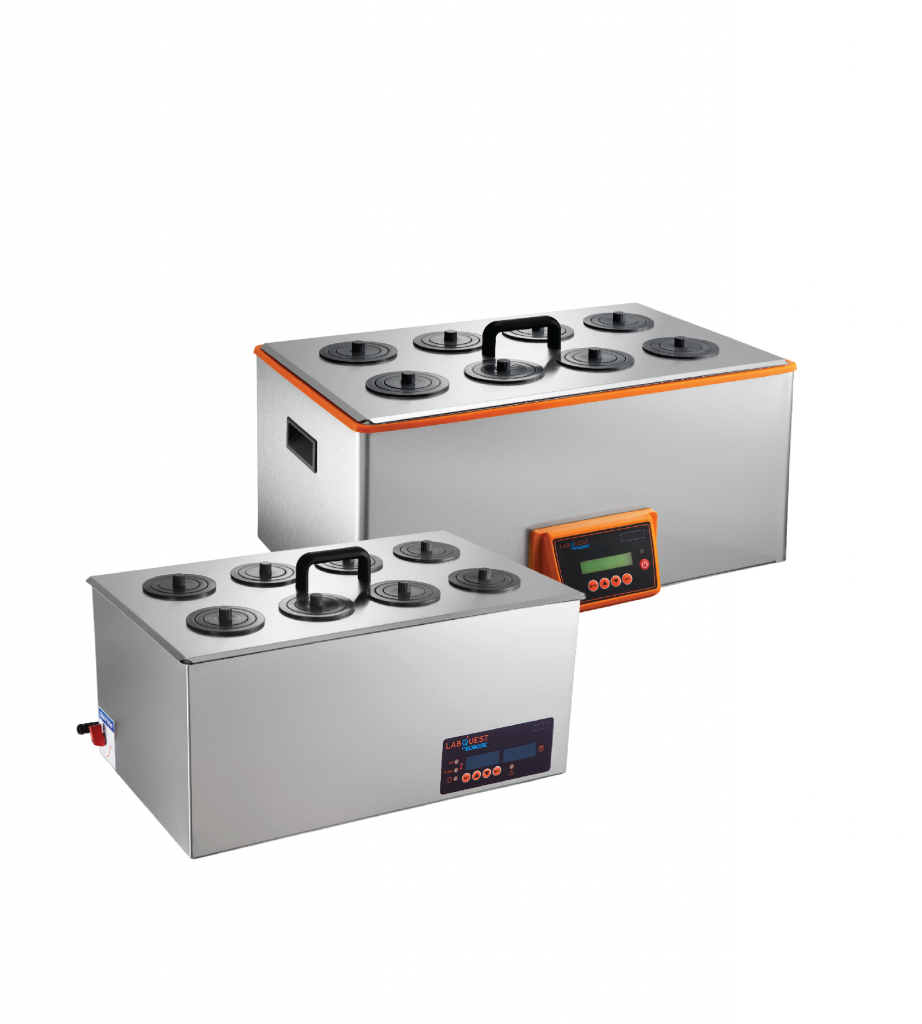
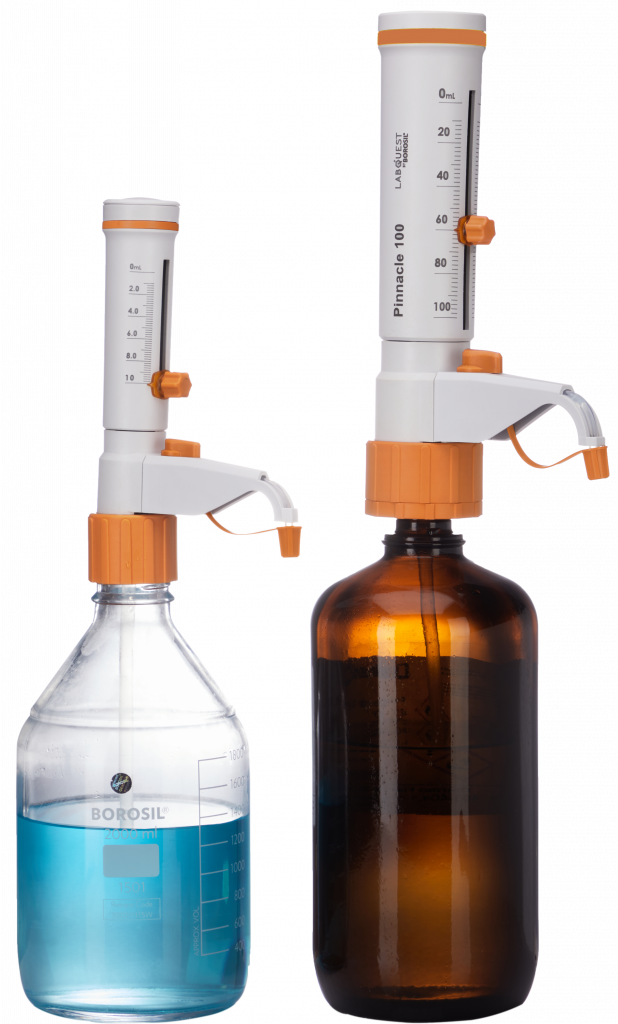
Our Patented Bottle Top Dispensers provide accuracy, safety, and ease for liquid handling in labs
This isn’t just lab equipment, it’s a fuel-grade ethanol lab instrument ecosystem designed for purity, throughput, and long-term reliability.
Challenge: BIS/ASTM audits demand reproducible, standards-aligned quality control data.
Our Solution:
UV-Vis Spectrophotometers 190 – 1100 nm (Required 235–340 nm) scan for impurities like sulfur compounds, aromatics, and aldehydes, critical for fuel compliance
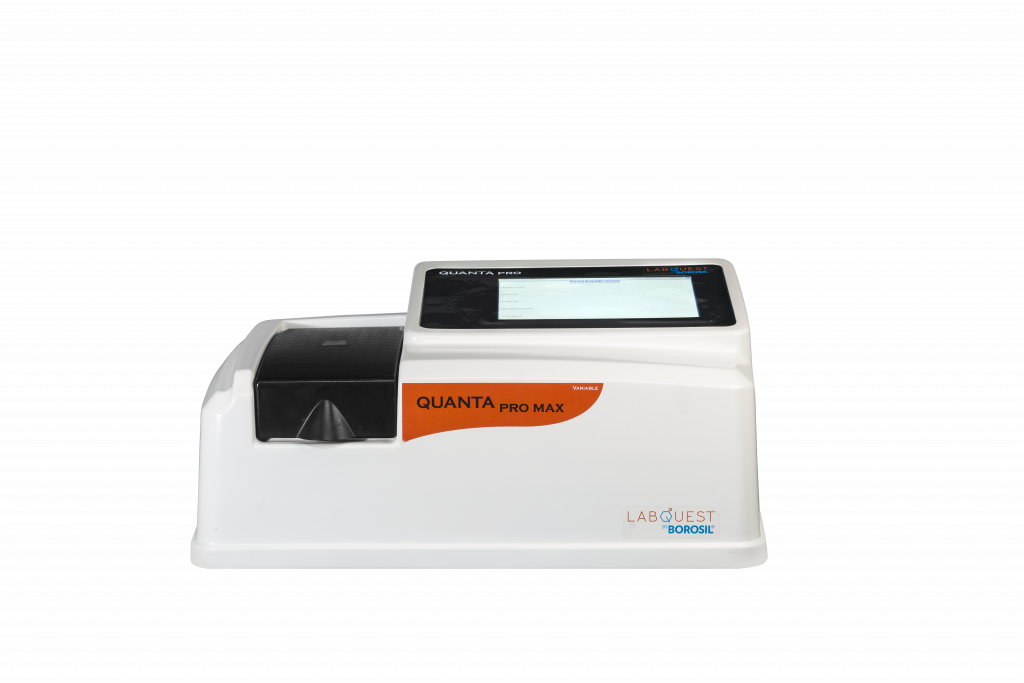
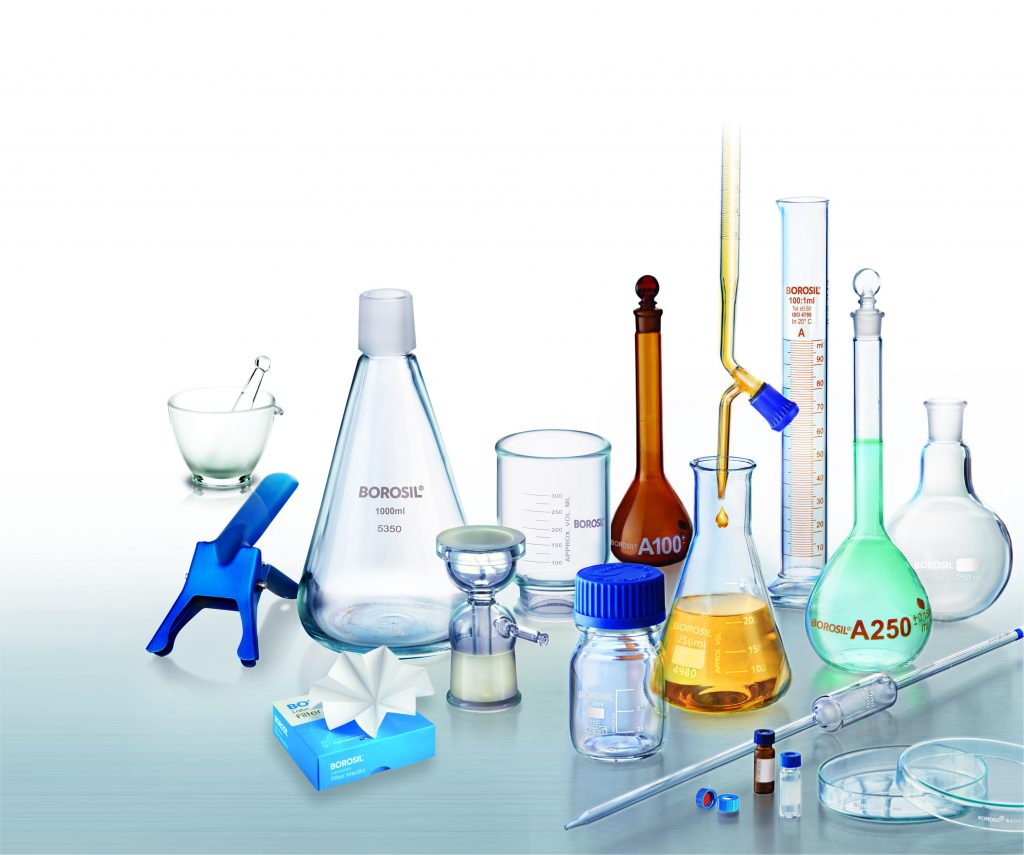
Class A Glassware & Fume Shields create a safe, verifiable lab environment that’s audit-ready
Whether you need automated ethanol analysis tools or traceable titration data, Borosil Scientific equips your lab to meet compliance with confidence.
Challenge: High-throughput labs need to balance safety with speed.
Our Solution:
These tools simplify the routine, so your team can focus on outcomes, not workarounds.
As the ethanol industry gears up to meet national and global demand for cleaner fuels, Borosil Scientific is proud to be more than a vendor, we’re a partner in your plant’s journey toward E20-readiness.
From tackling ethanol purity fluctuations to ensuring inter-lab verifiability, every Borosil Scientific product is engineered to solve a real-world lab challenge. Because for us, precision isn’t a feature—it’s the foundation.Looking to upgrade or scale your ethanol lab? Explore our complete range of fuel-grade ethanol lab instruments in India at borosilscientific.com.
